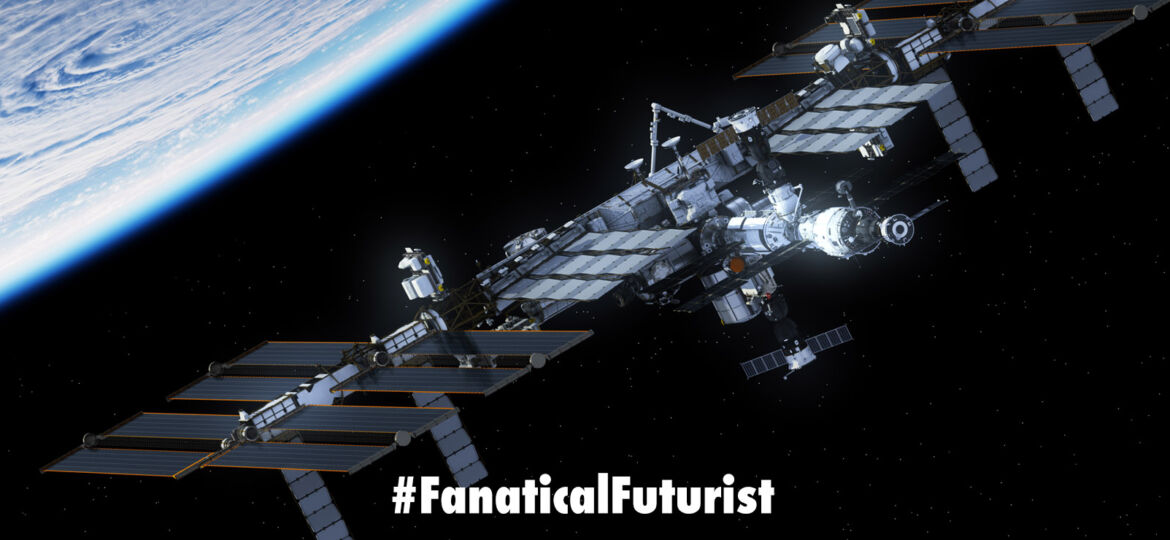
WHY THIS MATTERS IN BRIEF
Space navigation is challenging so scientists are exploring new ways to use robots and automation to take the strain off humans.
 Interested in the Exponential Future? Connect, download a free E-Book, watch a keynote, or browse my blog.
Interested in the Exponential Future? Connect, download a free E-Book, watch a keynote, or browse my blog.
It’s easy to think that increasingly there are more robots in space than humans – after all, there are a bunch now floating around the International Space Station (ISS) for starters, and there are more on the way as we start creating fully autonomous factories in space as well as the first fully autonomous spacecraft. And now Russia has added to that tally by successfully docking a Soyuz spacecraft carrying a humanoid robot to the ISS following a failed attempt last week.
A robot named Fedor, which stands for Final Experimental Demonstration Object Research,was the only “passenger” onboard the Soyuz MS-14 and is on a mission to support the crew and test its skills.
A previous docking had failed due to a faulty component within one of the ISS’s automatic docking ports.
To resolve the issue, astronauts aboard the ISS got into another Soyuz spacecraft that was attached to a separate port and flew it around the space station in order to free up a fully functioning port for the robot’s capsule to dock.
“Watching in admiration of the agility and cooperation of international space programs to work through the dynamics of human space flight,” tweeted NASA astronaut Christina Koch.
The spacecraft carrying Fedor blasted off at 06.38 Moscow time (03.38 GMT) from Russia’s Baikonur cosmodrome in Kazakhstan last Thursday.
Fedor, also known as Skybot F850, is 180 centimetres high, about six feet tall, weighs 160 kg and will stay on the station until the end of September.
During its time aboard the ISS, the robot will practise using tools in zero gravity, and attempt to copy astronauts complex movements.
“The robot’s main purpose is to be used in operations that are especially dangerous for humans on board spacecraft and in outer space,” said Russian space agency Roscosmos, who developed the robot.
It is not the first robot to be sent into space, but it is arguably the most advanced. In 2011, NASA sent a humanoid robot called Robonaut 2 to carry out tasks that were too dangerous for human astronauts. Japan also sent a miniature humanoid robot in 2013 called Kirobo, which spent 18 months aboard the space station before returning to Earth.
The Fedor robot though is more multi-skilled and versatile, and Roscosmos hopes that it could eventually be used to replace humans on space walks. A video shared by Russia’s deputy prime minister Dmitry Rogozin before the launch showed the robot carrying out a variety of tasks, and in one clip it is seen driving a car, before lifting weights and doing press-ups. Worryingly though for some it’s also shown capable of handling and firing weapons, with one part of the video showing Fedor shooting two handguns with deadly accuracy, and frankly, I for one am hoping that that’s one skill it won’t need to use in space.
















